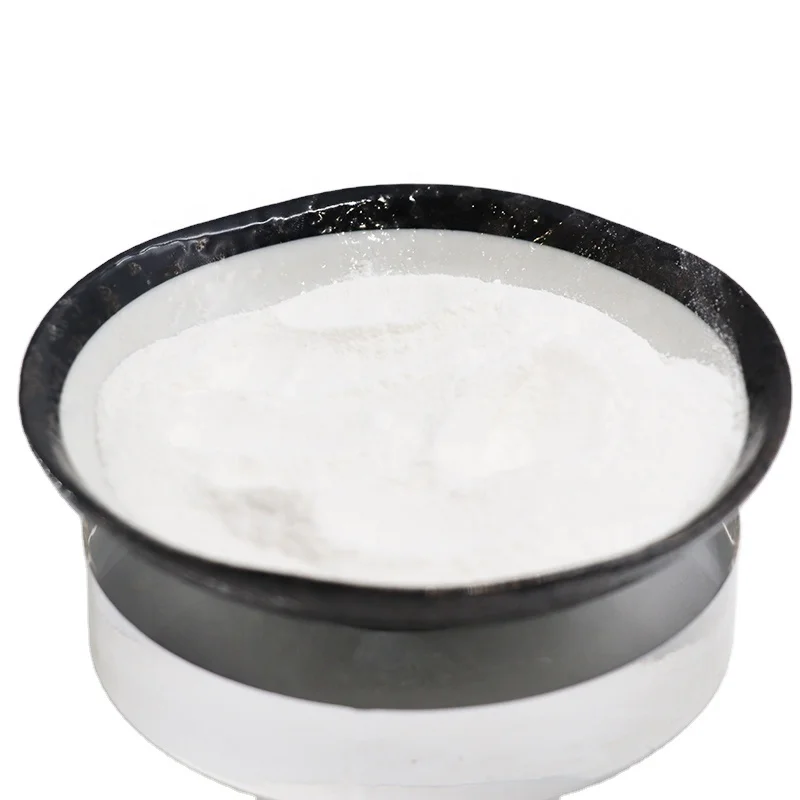
Research progress in synthesis technology of polycarboxylate superplasticizer
2024-01-03 11:34Polycarboxylate ether superplasticizer (PCE) has high blending capacity and high water reduction rate (>40%), which can significantly improve the workability, mechanical properties and durability of concrete. It has become high performance or ultra high performance. One of the important components of concrete mix design.
Polycarboxylate ether superplasticizer usually consists of a main chain containing anionic groups (such as carboxyl groups, sulfonic acid groups, phosphate groups, etc.) and side chains with neutral graft charges. Anions mainly serve as adsorption groups and are adsorbed on positively charged cement particles. The surface provides electrostatic repulsion and the side chains provide steric repulsion. The synergistic effect of the two breaks the flocculation state between cement particles and improves the dispersion of cement slurry.
A variety of modified polycarboxylate ether superplasticizers (such as side chains, grafting density, anchoring functional groups, main chain length) show different effects and can be used in concrete with different performance requirements. As the quality of concrete raw materials continues to decrease and performance requirements continue to increase, PCE is more sensitive to concrete mix parameters and production conditions such as cement type, water-cement ratio, operating temperature, and mixing time.
Polycarboxylate Superplasticizer Powder is increasingly incompatible with cementitious materials containing carboxyl and polyethylene oxide (PEO) side chains. Ultra-high performance concrete has increasingly higher requirements for PCE performance, and a series of high-performance, high-performance shrinkage and viscosity-reducing PCEs have emerged. PCE is mainly divided into two categories: one is polyester PCE synthesized from α-methoxy polyethylene glycol methacrylate (MPEG-MA) through aqueous solution copolymerization or esterification/ester exchange reaction; the other is polyester PCE. α-allyl-α-methoxy or β-hydroxy polyethylene glycol ether and maleic anhydride are the key monomers, and they are free radical copolymerized by bulk or aqueous solution, or isoprene oxidation. Polyether PCE is copolymerized by glycol, acrylic acid and α-methacryloyl-α-methoxy or α-hydroxy polyethylene glycol ether.
Different functional groups in Polycarboxylate Superplasticizer Powder have different functions: the carboxylic acid group plays the role of water reduction and retarding, the sulfonic acid group plays the role of dispersion, the -OH hydroxyl group plays the role of retarding and impregnation wetting, while the polyethoxylated group Keep in water. flow. sexual effect. The water reduction rate and ability to inhibit cement hydration of ester-type PCE are slightly lower than those of ether-type PCE. The free radical polymerization process is simple and the synthesis conditions are mild. However, because the reaction is irreversible, the degree of polymerization is reduced, and the synthetic products are difficult to control. Living free radical polymerization (RAFT) can prepare block PCE with controllable molecular weight and narrow molecular weight distribution.

